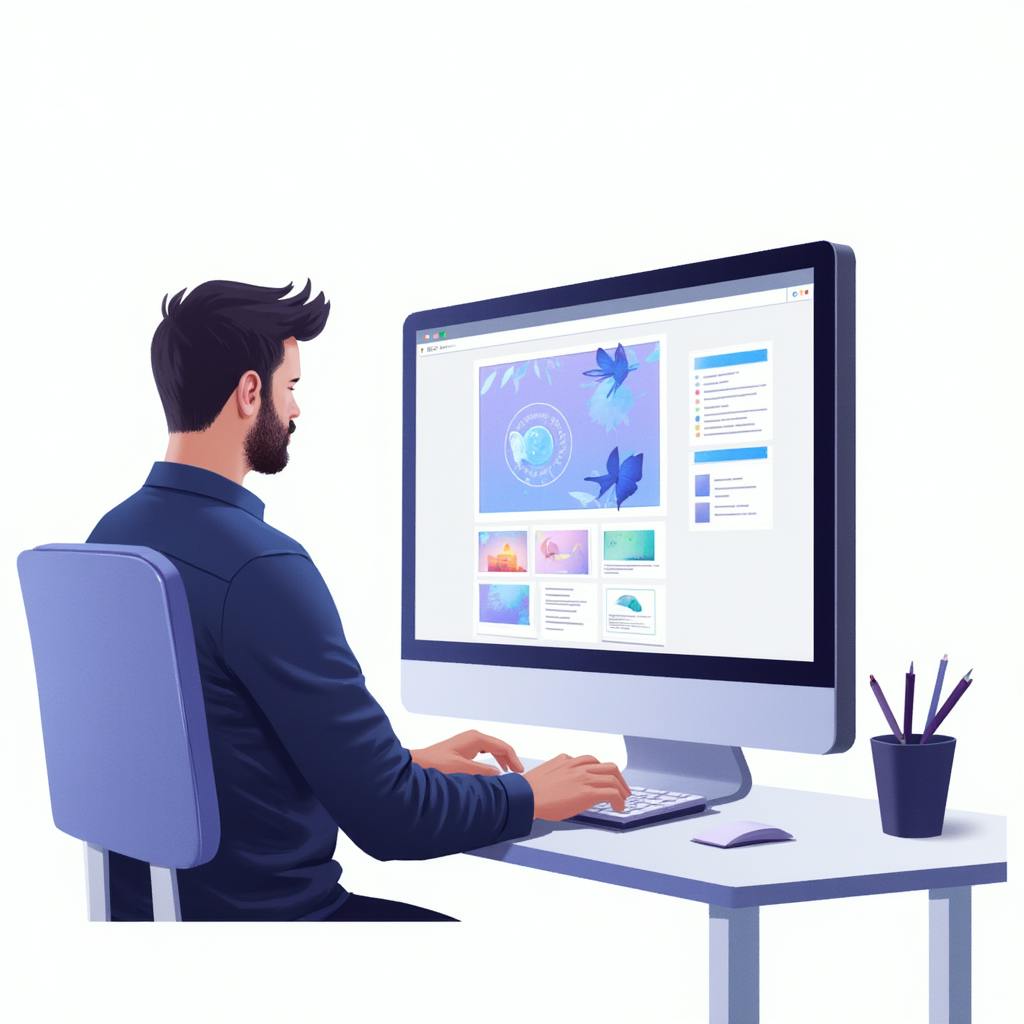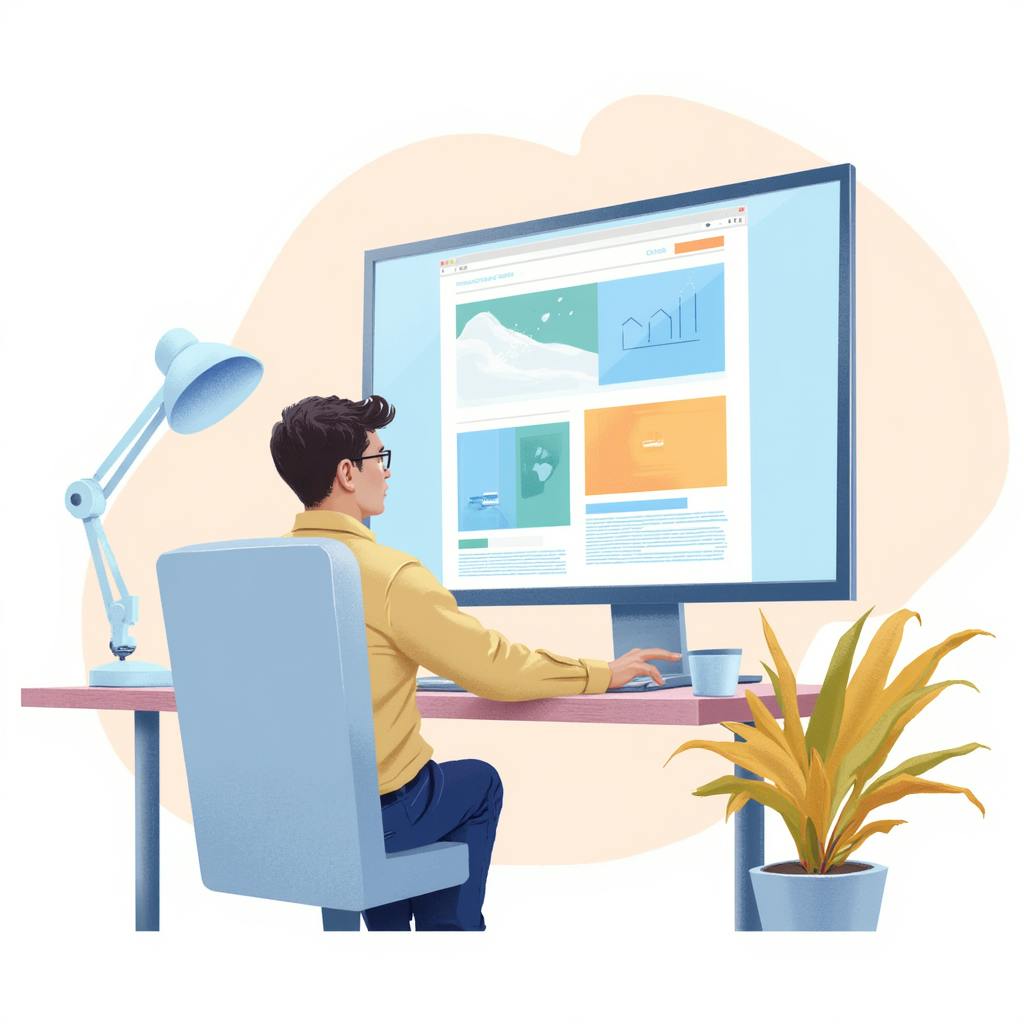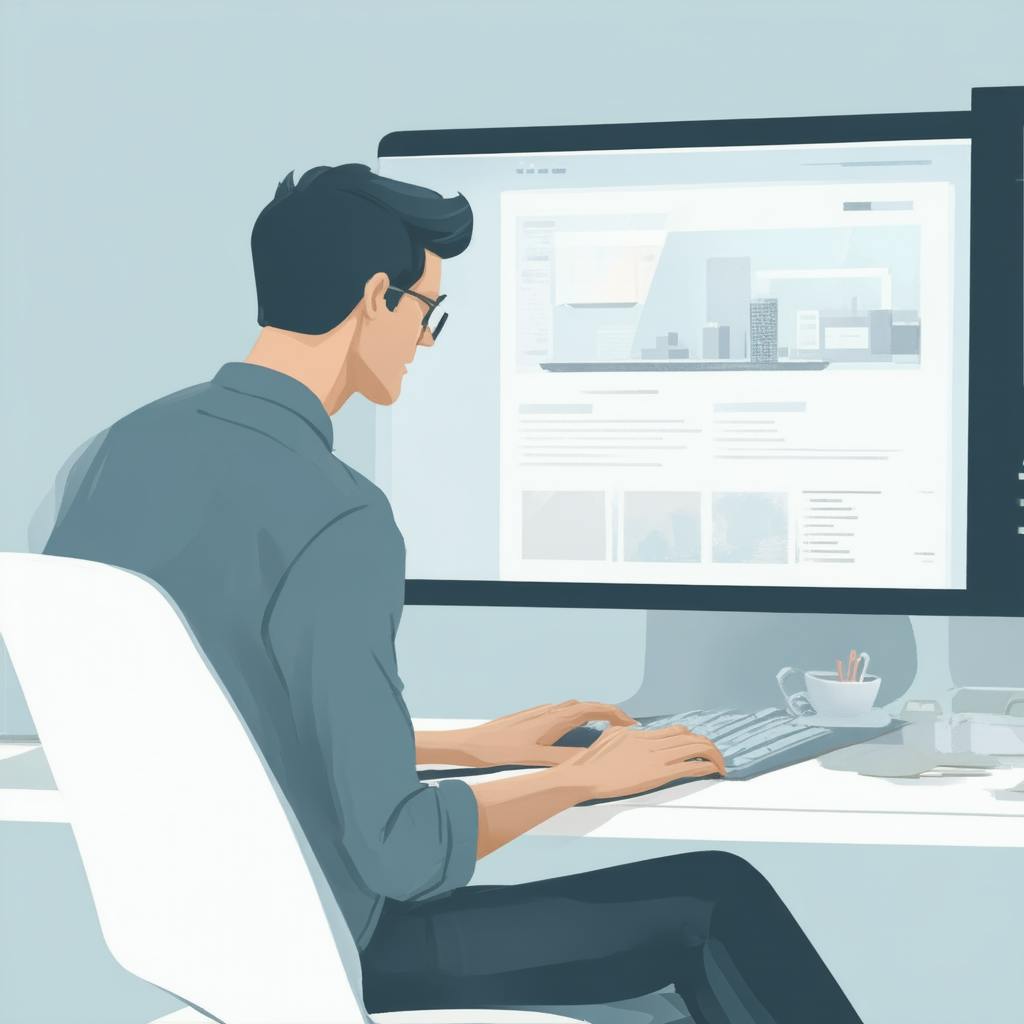Creating an engaging "animation site web" is becoming increasingly vital in today's digital environment. As users demand more interactive and immersive experiences, businesses and web designers are turning to web animation design services and web animation techniques to craft animated website features that captivate audiences. But who should consider creating such a site, what does the process involve, and how can it be effectively executed? Let's explore these questions and more.
Who Should Consider an Animation Site for Their Web?
Anyone aiming to enhance user engagement through more dynamic content should consider an animation site web. From small business owners and e-commerce platforms to educational institutions and creative portfolios, animated websites can offer significant value. They cater to both creatives looking to showcase their work in a captivating way and businesses aiming to improve user experience and retention through compelling design elements.
What is Involved in Creating Animations for Websites?
Developing a successful animation site web involves several steps, including planning, designing, and implementing animations that align with your brand's identity and goals. Utilizing web animation design services can help streamline this process. You need to select the right animated features—such as loading animations, interactive infographics, or scrolling effects—based on the purpose they will serve on your website.
When Should You Consider Adding Animations to Your Website?
The ideal time to integrate animations is during the initial design phase, allowing them to blend seamlessly with your site’s layout and functionality. However, established sites looking to revitalize their interface can incorporate animations as part of a redesign or feature update. It’s essential to keep user experience at the forefront, ensuring that animations enhance, rather than detract from, the site's usability.
Where Can You Integrate Web Animation Techniques?
Animations can be effectively integrated at various points within your website. Key areas include the homepage, where impactful animations can grab users’ attention; navigation menus, where subtle animations can guide user interactions; and product pages, where animations can highlight key features and benefits. Wherever they are employed, animations should serve a purpose and contribute positively to the user's journey.

AI made with Dean Jones
Why Implement Animated Website Features?
Animated website features offer numerous benefits, from improving user experience and increasing dwell time to enhancing brand storytelling and conversion rates. Well-designed animations can make complex information more digestible, assist in guiding user behavior, and add a level of professionalism to your web presence. Additionally, they provide an opportunity to stand out in a crowded digital marketplace by making your site memorable and unique.
How Can You Design Interactive Website Animations?
Here’s a simple guide to designing interactive website animations:
- Set Clear Objectives: Define what you aim to achieve with your animations—be it engagement, education, or conversion.
- Choose the Right Tools: Utilize tools and software like Adobe After Effects, CSS animations, or JavaScript libraries such as GSAP to create high-quality animations.
- Prioritize Performance: Ensure animations are lightweight and optimized for fast loading times to maintain site speed and SEO performance.
- Test Extensively: Regularly test animations across devices and browsers to guarantee a consistent user experience.
FAQ: Creating an Animation Website
What are the steps to create an animation site for your web?
Creating an animation website involves several essential steps. Here's a comprehensive rundown:
1. Define the Purpose and Audience:
- Determine the type of animations you want to showcase or create, such as 2D, 3D, interactive animations, etc.
- Identify your target audience to tailor the website’s design and functionality accordingly.
2. Plan and Design:
- Create a sitemap to organize your website’s structure, including key pages such as the homepage, portfolio, services, contact, and blog.
- Wireframe your layout and design a user-friendly interface, ensuring that navigation is intuitive.
3. Choose the Right Platform:
- Select a suitable platform for your website, such as WordPress with animation plugins, or custom development if you require more flexibility and features.
4. Select a Hosting Provider and Domain Name:
- Choose a reliable hosting provider that offers robust performance and support for media-rich websites.
- Register a memorable domain name that reflects your brand identity.
5. Implement Development:
- Develop the front-end using HTML, CSS, and JavaScript for interactivity. Use frameworks like React or Angular if needed.
- Set up back-end functionalities if required, especially for managing user data or handling complex animations using languages like Python, PHP, or Node.js.
6. Integrate Animation Tools:
- Implement various libraries and tools to create and manage animations (e.g., CSS animations, GSAP, or Three.js for WebGL-based animations).
7. Test Your Website:
- Ensure that your website performs well across different browsers and devices.
- Check for responsiveness, load times, and animation smoothness, optimizing where necessary.
8. Launch and Market Your Site:
- Once testing is complete, launch your website.
- Use SEO strategies and social media marketing to promote your website and attract visitors.
9. Maintain and Update:
- Regularly update content and animations to keep the website fresh and engaging.
- Monitor website performance and make adjustments as needed.
What tools do you need to create an animation site?
Building an animation site requires various tools for development and design:
1. Design Tools:
- Adobe XD, Figma, or Sketch for UI/UX design.
- Adobe After Effects or Blender for creating animations.
2. Development Tools:
- HTML/CSS/JavaScript for building the website.
- Libraries such as GSAP, Anime.js, or Lottie for animations.
- WebGL frameworks like Three.js for 3D animations.
3. Code Editors:
- Visual Studio Code, Sublime Text, or Atom for writing and managing code.
4. Version Control:
- Git and GitHub for version control to track changes and collaborate if working in a team.
5. Testing Tools:
- BrowserStack or Google Chrome DevTools for testing across different browsers.
- Lighthouse for performance auditing.

AI made with Dean Jones
How much can it potentially cost to create a web animation site?
The cost of creating an animation website can vary widely based on several factors:
1. Domain and Hosting:
- Domain Name: Typically $10–$30 per year.
- Hosting: Ranges from $5/month for basic shared hosting to $100/month or more for dedicated hosting.
2. Tools and Software:
- Software licenses (e.g., Adobe Creative Cloud) can run from $20–$50/month.
3. Development and Design:
- Hiring freelancers or agencies can range from $1500 to $20,000, depending on complexity and expertise.
- DIY approaches using templates or platforms like WordPress can be more economical.
4. Maintenance and Updates:
- Ongoing costs for maintenance, security updates, and content creation.
Overall, the total cost can range from a few hundred dollars for a basic site to several thousand for a professional setup.
Can you recommend any resources or tutorials for creating an animation website?
Certainly! Here are some valuable resources and tutorials to guide you through creating an animation website:
1. Online Tutorials and Courses:
- [Codecademy's Web Development Course] offers foundational skills.
- [Udemy's Animation with GSAP] for learning the GreenSock Animation Platform.
- [LinkedIn Learning’s Interactive Animations] blends design and coding skills.
2. Documentation:
- [MDN Web Docs] for learning CSS animations.
- [Three.js Documentation] for creating 3D graphics on the web.
3. Reference Websites:
- [Awwwards] showcases inspirational animation websites.
4. Community Forums:
- Join forums like [Stack Overflow] and [WebDeveloper] for help and discussions.
These resources will provide both foundational knowledge and advanced techniques in building a robust website that effectively showcases animations.
Conclusion
Ultimately, creating an animation site web requires thoughtful planning and execution. By understanding who can benefit from website animations, what the process entails, and how to effectively incorporate these elements, you can craft a site that captivates and converts. Utilizing web animation design services and integrating modern web animation techniques will ensure your animated website features are both functional and engaging. Embrace the power of animation to elevate your web presence and stand out.

